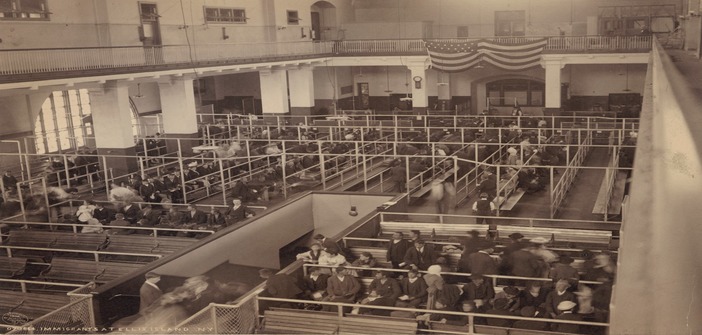For our first dossier recounting stories that have left a mark on cinema, we will focus on the representation of the Italian-American mafia in the seventh art. This extensive analysis is based on the thesis by Ahmed Lahmadi (May 2020). Firstly, we will highlight the history of the Italian community and then examine a series of feature films.
The issue at hand is: What are the sociocultural representations of the Italian-American mafia in the filmographies of Francis Ford Coppola and Martin Scorsese?
The mafia as we know it has built a brand image over a few decades. The criminal organization dictated societal laws in many cities in Italy and the United States. In this thesis, we will focus solely on the Cosa Nostra and its grip on Sicily and New York. In Italy, everything began in 1860 with the unification of the country. This put an end to a war that lasted nearly 20 years. The unification highlighted the immense disparity between northern and southern Italy. The deep poverty of the south contrasted with the industrial revolution of cities like Milan and Turin.
Although immigration began in the colonial period, it took place in two main waves. First in 1860 before Italian unification, and then from 1880 to 1920 when 4 million Italians (70% from the south) decided to migrate to the United States. Ellis Island, a small island off the coast of New York, was their landing point.
Even within the country, those from the Italian peninsula discriminated against the inhabitants of the small island. The reason is that the Sicilian people, very poor, primarily lived off agriculture. They were darker-skinned than the others. The impact of the “octopus” on the country did not improve the image of the Sicilians. These people did not want to leave their country but had no choice. They had to try their luck on the new continent.
However, their journey would be long before they could find their place in the land of Uncle Sam. The American journalist and author Selwyn Raab, who studied the mafia extensively, stated that:
“Americans did not like foreigners who did not speak English. And they were not welcomed with open arms.”
Predominantly composed of Anglo-Saxons, the United States did not share the same social identity. To this community, the Italians had strange customs. As often happens with immigrants living a miserable life, in a very unstable economic situation, and having a “savage” image on American soil, the fear of “dark-skinned” Italy took root in the United States. However, this workforce was very important for a rapidly expanding country. The longest, most dangerous, and toughest jobs were given to Italian immigrants.
“People used to say that migrants came to the United States because the streets were paved with gold. So the Italians jokingly said that not only were the sidewalks not paved, but it was also up to them to do it.”
Due to a lack of money and the language barrier, Italians clustered in the major cities of the country, as well as in the same neighborhoods. The most famous name to this day remains New York’s “Little Italy.” A section of this neighborhood is named “Little Sicily,” and some areas even bear the names of the originating villages. Over time, unlike the Irish and other nationalities present during immigration waves, Italians remained enclaved in these neighborhoods.
The lifestyle of their native village meant a lot to them. Additionally, the strong language barrier contributed to auto-segregation. After 30 years, at the beginning of the twentieth century, New York became the largest Italian city in the world. Among them, no less than 40,000 were criminals in their country of origin. In a neighborhood like Little Italy, honest people became the first to be persecuted by these gangsters.


